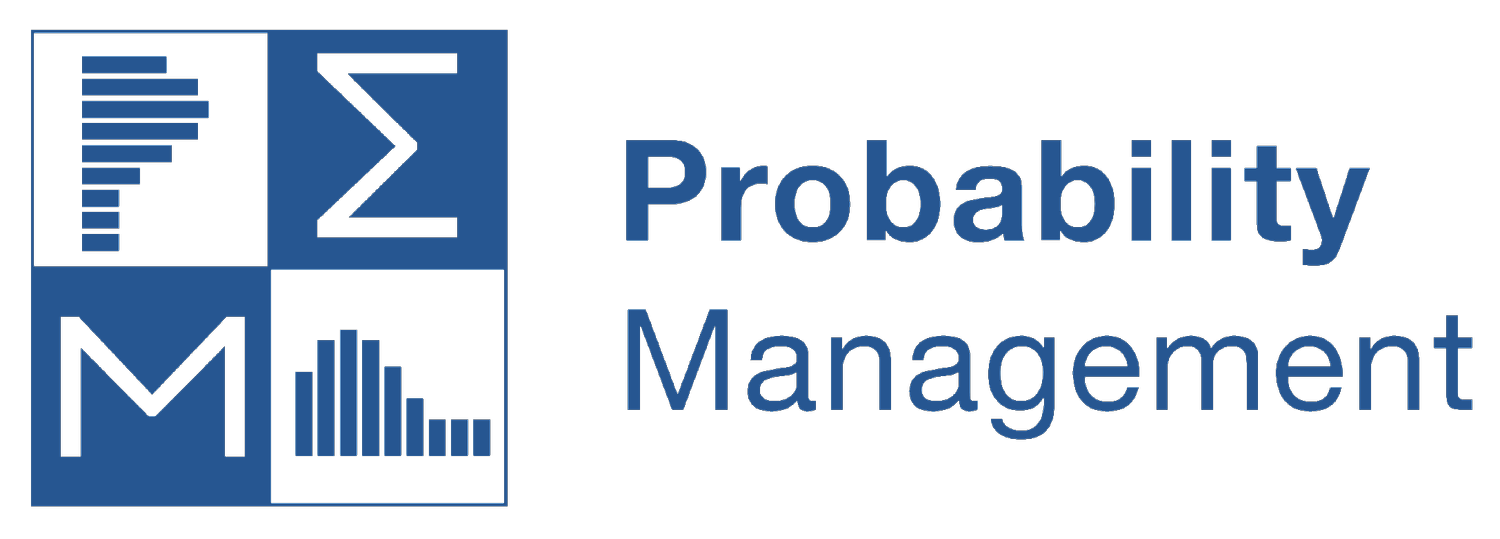Join Us For a Two-Part Webinar Series on Chancification
by Sam L. Savage
The Light Bulb
About 25 years ago a light bulb went on. It was the bulb in my office at Stanford when I flipped on the switch. That may not sound so remarkable, but it suddenly dawned on me that I had no idea how to generate the electricity required to power the thing. This was at a time when I was obsessing over the fact that spreadsheet users were plugging averages of uncertain quantities into their spreadsheets and blindly reporting the outputs, in flagrant disregard of Jensen’s Inequality. It was before I had coined the term “Flaw of Averages”, but I had already come up with the poster child for this problem: the drunk whose average position is the center line of a highway.
The solution was Monte Carlo simulation, and two powerful packages existed for doing this in spreadsheets, @RISK and Crystal Ball. Why wasn’t everyone using them? There were three reasons.
There was extra software to buy. That price was miniscule given the financial magnitude of the problems the software could solve.
There was extra software to learn. That was a bigger hurdle than the price.
You had to practically be a statistician to know what sort of distribution to plug into these packages. I viewed that as the biggest barrier to the widespread use of Monte Carlo.
But when the light bulb went on that day, I suddenly saw the solution to the third hurdle. If I could use electricity generated by someone miles away that I didn’t even know, why couldn’t people use random variates in their simulations that had been generated by others? Instead of power distribution, it would be distribution distribution! I figured it would only take a few months to work out the details and get it to work. Boy, was I wrong …
...Twenty-five years pass …
The Probability Power Grid
The probability power grid is here, and it enables what I call Chancification (the title of my just published book, now available in paperback). Chancification enables enterprise-wide calculations based on probabilities instead of numbers, much as electrification enabled systems based on electricity instead of fossil fuels.
And speaking of just published, the newest version of ChanceCalc, the light bulb of Chancification, is now available from ProbabilityManagement.org.
Webinars
If probability were electricity, it would be 1895, when Westinghouse built his first big power plant at Niagara Falls. With all this cool technology suddenly available, the nonprofit is focusing on its educational mission in the area of Chancification, with webinars and other content from thought leaders and industry experts.
To kick off this initiative, I will be offering a two-part webinar series called Welcome to the Chance Age, which includes a full copy of ChanceCalc, a discount on the Enterprise SIPmath Tools, and a Kindle copy of my new book.
Welcome to the Chance Age Webinars
Give Chance a Chance describes how to fix the Flaw of Averages with ChanceCalc linked to SIP Libraries of uncertainties.
The Probability Power Grid shows how to create SIP Libraries from the SIPmath Tools, @RISK, Crystal Ball, or directly from the Web.
























